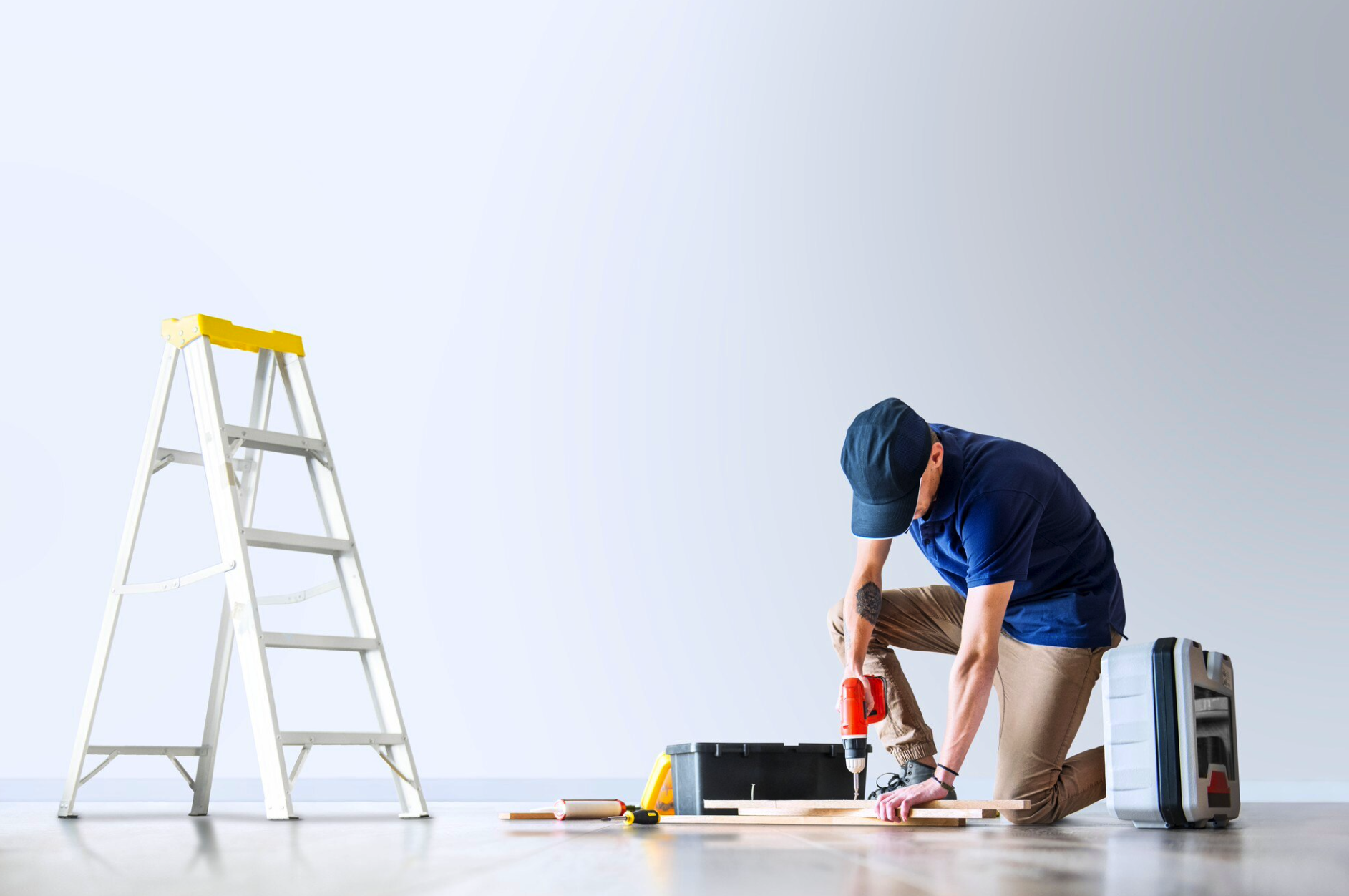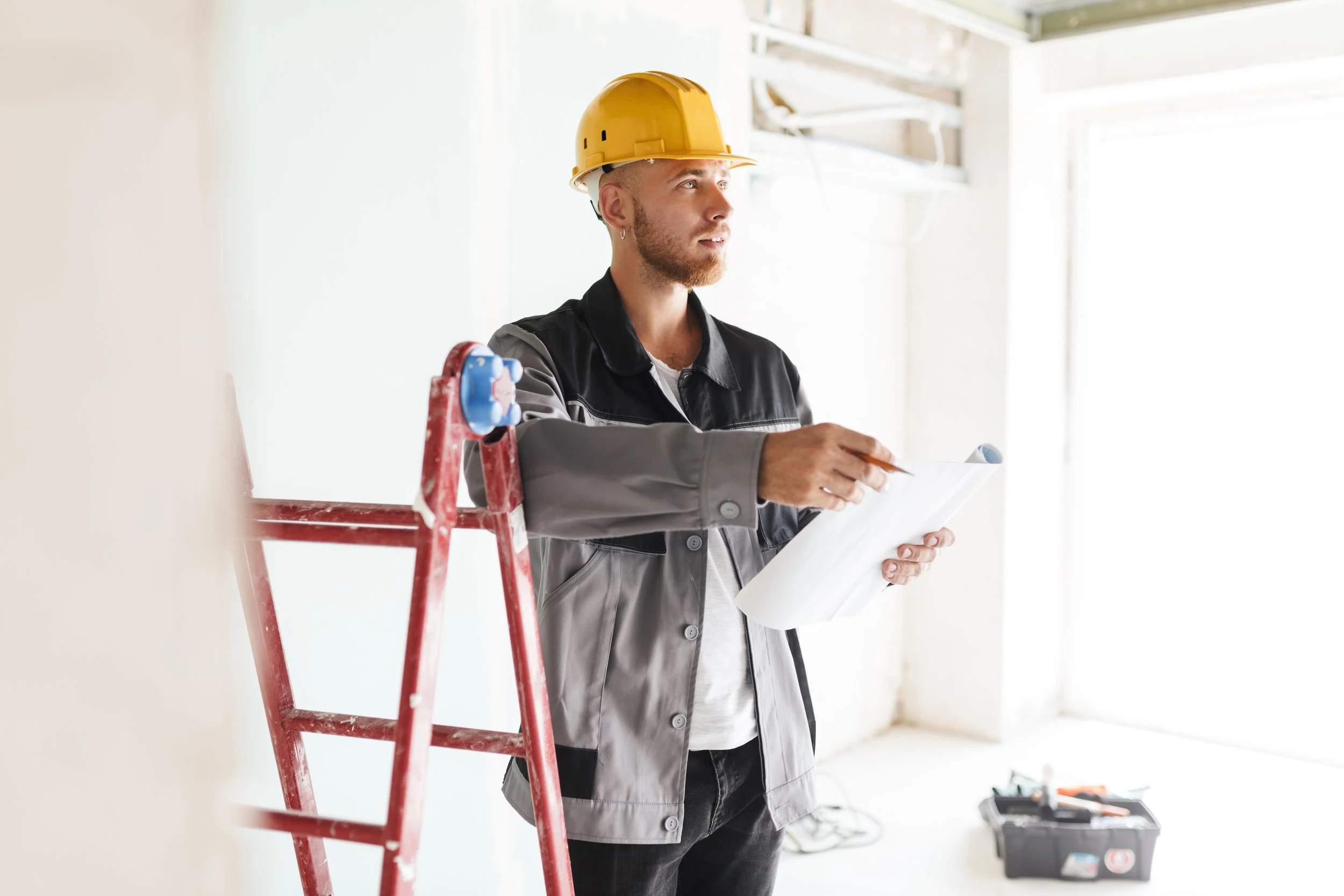What You Need in Your Bedroom to Get the Best Sleep Possible
RH Business Marketing Solutions
Getting a good night's sleep is essential for your overall well-being. Lack of sleep can lead to fatigue, confusion, and health problems. A soothing bedroom environment plays a crucial role in getting a restful night's sleep. If you’re not getting a restful night sleep, it’s time to look at your bedroom.
You might not realize it, but the wrong bedroom setting can interfere with your ability to sleep well and wake rested. Here are eight essential items that you need to have in your bedroom to increase your chances of falling asleep fast and staying asleep throughout the night:
Effective Sound Barrier
If outside noises keep you from getting a good night sleep, now’s the time to create a sound barrier. Outside noise can interfere with your ability to sleep. That’s where soundproofing comes into the picture.
There are some effective ways to soundproof your bedroom. One way is to install acoustic foam tiles in your room. Another way is to add some extra insulation in the walls and ceilings. These steps will help block out the noise that’s keeping you awake.
Comfortable Mattress
If you’re losing out on a good night's sleep, it’s time to take a close look at your mattress. The wrong mattress can stop you from getting into a restful sleep pattern. In fact, with the wrong mattress, you could spend the night tossing and turning.Your mattress is the foundation of a good night's sleep.
Look for a mattress that is firm enough to support your body, but soft enough to provide relief to your pressure points. There are mattresses that let you adjust the firmness to suit your specific needs.
There are also mattresses that allow you to adjust the temperature settings too. If you’re not sure what type of mattress you need, visit a mattress shop. You can try out a variety of mattresses before you make your final selection.
Supportive Pillows
If your pillows are worn out, they may not be giving you the support you need for proper sleep. Supportive pillows help you maintain proper alignment while you sleep. When you buy new pillows, choose pillows that align with your neck and head.
This helps prevent discomfort and pain. But, the right pillows also help your neck and shoulders relax so you can get to sleep more easily. If you’re not sure what type of pillows you need, go ahead and experiment with firmness and style.
Calming Colors
Colors play a big role in your ability to relax in your bedroom. Bright colors can interfere with your ability to relax. Colors can also have an impact on your mood and energy levels.
To create a relaxing environment in your bedroom, consider choosing a calming color palette for your bedroom. Calming color palettes include soft neutrals or deep blues. These colors help to create a serene and peaceful environment for sleep.
Aroma Therapy
If you want to create a relaxing environment for sleep in your bedroom, now’s the time to add some aroma therapy. A relaxing scent can help create a soothing atmosphere in your bedroom.
There are a lot of essential oils that can create a relaxing environment for sleep. Some of those essential oils include lavender, chamomile, or vanilla. Use your essentials before going to bed. You can also dab a small amount of essential oils on your pillows and bed linens to provide a soothing aroma throughout the night.
Ambient Noise
If you want to turn your bedroom into an oasis for sleep, be sure to add some ambient noise. White and pink noise can provide sound on a different wavelength. This noise helps you relax so you can get to sleep.
Wind and rain sounds are especially beneficial at improving sleep patterns. You can add a sound machine to your room so that you can experiment with sounds. That way, you can find the sounds that work best for you.
Soft Linens
If you haven’t bought new bed linens in a while, it’s time to make an investment in your sleep. Soft bed linens can give you the comfort you need to get to sleep at night. Choose sheets and blankets that are made of soft and breathable materials. Weighted blankets can also help you enjoy a more restful sleep.
If you’re tired of waking up tired after a full night of sleep, it’s time to make some changes to your bedroom. Creating a calm and relaxing environment in your bedroom can help you get a restful night's sleep. The tips provided here will help you create the right environment for sleep.
Written by Taylor McKnight, Author for Comfort King

















